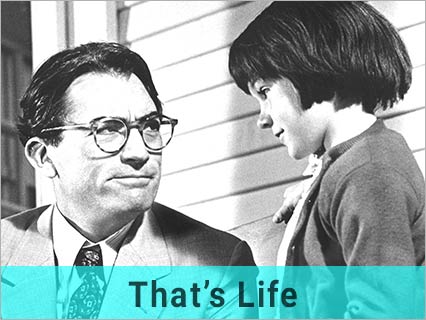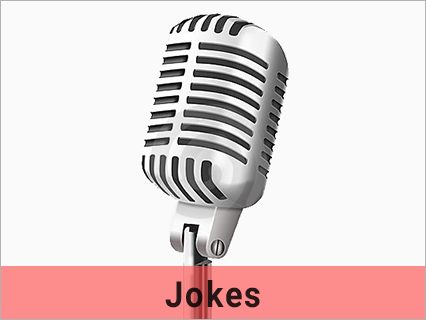Flour, water and a few other ingredients
25 May 2025
Dear LPG readers,
I shop online these days, and while I was ordering a few essentials recently, one particular grocery item stopped me in my tracks.
While choosing what loaf of bread to have on the day, I noticed that the Sainsbury’s online shop gave me 348 different kinds of bread to choose from. Usually, I would have just picked the one I always liked, but I stopped to think momentarily. I know many choices included different-sized loaves, baps, buns, and rolls, but even if you compensate by allowing half the amount of varieties, there are still 174 different kinds of bread on their shelves. They are not even a specialist shop. I should look at another of the big grocery shops and found that Tesco had 284. I am sure those figures fluctuate a bit, but whatever you look at it, that is a lot of bread.
Having completed my shopping order, I had a few bread-flavoured questions for Google, and there were some eye-opening answers.
Apparently, the first recorded evidence of bread in our world can be traced back as far as 14,000 years ago, and anyone who attends church will note its significance throughout the Bible. In this modern world, the varieties of bread used for communion are also seriously varied.
I remember only a few different kinds of bread when I was young. We had white bread and brown bread, which was way back when there was a baker’s shop, specialising in bread and cakes, in nearly every high street. Today, we have sandwich shops that are likely to be included in the fast-food genre. Still, it is ironic when we think about how few dedicated baker’s shops are left compared to just how many different varieties of bread we have today. The Bread industry has truly grown.
As travel has made the world appear smaller and the nations have shared their different ways of making it, we have all manner of variations on the bread theme. We now have Flatbreads, Bagels, Cottage loaves, Naan breads, Roti, Soda breads, Pita breads, Muffins, Baguettes, Bammies, Ciabattas, Pumpernickels, Rye breads, Tiger breads, and that is just scratching the surface before you take a look at the different ingredients used. We have gluten-free, wholemeal, unleavened, Lava breads, potato bread, water bread, flaxseed bread, Oat bread and many more, while adding olives, cheese, currents, malt, seeds, and so much more is another way that it has changed over the years.
Bread also comes in all sorts of sizes; we have everything from the ‘designed for one’ sized buns to the mammoth loaves. And on that subject, did you know that on 13 November 2008, a Brazilian baker produced a loaf that weighed 1,571 kg (3,463.46 lbs). Predictably, it features in the Guinness Book of Records at the moment.
Can you remember when nearly every kitchen boasted a breadknife and breadboard, which were exclusively used for slicing family-sized loaves? I suspect they are relatively few and far between now that so much comes ready-sliced.
Another sobering fact is that Bread continues to be one of the three most popular types of food bought in the UK each year. Its only true competitor for the top spot is the potato. Predictably, it is also up there in the top ten foods that we all discard as rubbish.
We Brits who don’t have a dog to walk might well use stale bread as a reason to go to the local park, as feeding the birds with it is one way to deal with that problem. However, I read that it is not particularly healthy for our winged friends. So, we will just all have to make more bread pudding, I suppose.
IC, Lewisham.
IC passes on a little of what she has learned about bread…







